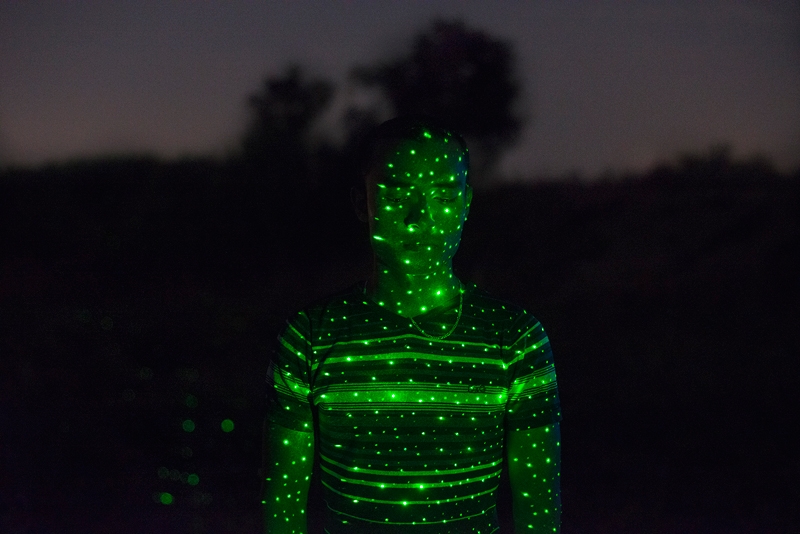ArtReview sent a questionnaire to artists and curators exhibiting in and curating the various national pavilions of the 2015 Venice Biennale, the responses to which are being published daily in the lead-up to the Venice Biennale opening.
Florian Ebner is curating the German Pavilion, featuring Jasmina Metwaly and Philip Rizk, Olaf Nicolai, Hito Steyerl and Tobias Zielony. The pavilion is in the Giardini.
What can you tell us about your exhibition plans for Venice?
The German Pavilion will be represented by the following artists in 2015: the filmmaker and essayist Hito Steyerl, the concept artist and sculptor Olaf Nicolai, the photographer Tobias Zielony and the artist duo Jasmina Metwaly and Philip Rizk, who live in Cairo (artist and filmmaker). They will transform the German Pavilion into a factory, in several respects, into an imaginary, vanished, virtual factory, a factory filled with a political narrative, a factory of digital light and a factory that analyses images.
Are you approaching this show in a different way as to how you would a ‘normal’ exhibition?
The German Pavilion especially is charged with history and radical artistic statements, it is basically the total antithesis of the white cube
There is hardly another art space where the ‘exhibition value’ of art comes to the fore as it does at the national pavilions on the biennale grounds. The German Pavilion especially is charged with history and radical artistic statements, it is basically the total antithesis of the white cube. The building establishes a strong semantic and architectural framework, which is more interesting to address than to ignore.
What does it mean to curate an exhibition representing your country? Do you find it an honour or problematic?
It is a problematic honour … but many battles have been fought on this subject in recent times, especially regarding the German Pavilion. They range from a complete rejection of the concept of the national pavilion to the question of how it could be expanded and reinterpreted. I simply try to ask the question: what does the situation of the world, the ‘Garden of Disorder’ (Okwui Enwezor), have to do with ‘us’?
How are you approaching the different audiences who come to Venice – the masses of artworld peers, artists, gallerists, curators and critics concentrated around the opening and the general public who come through over the following months?
There are no great categorical distinctions here concerning which audiences the pavilion addresses. It should work as a whole, in an interplay between its various parts and spaces, independently of the notorious time pressure faced by those who attend the opening. Of course, it is worth putting aside a little time to visit the ‘Fabrik’. Perhaps in this respect it is a little easier for the general public to make the most of everything.
What are your earliest or best memories of the biennale?
Standing in the (almost) empty German Pavilion as a photography student, letting the enormous hall work its magic and experiencing the sound and the ventilation noises of Kippenberger’s underground. That, along with Candida Höfer’s photographs, made a huge impression on me back then.
You’ll no doubt be very busy, but what else are you looking forward to seeing?
I will be in Venice quite frequently during the course of the biennale, so I am particularly looking forward to Okwui Enwezor’s concept and the many events in the arena.
How does having a pavilion in Venice affect the art scene in your home country?
For the German art scene, the pavilion is at best an indicator, a seismograph. Perhaps it is no coincidence that three of the four positions this year are filled by artists who live in Berlin. But that is a question you should ask curators whose countries have only been represented at the biennale for a short time, and who are preparing for their appearance with an extremely high level of commitment.
Read all responses to the Venice Questionnaire 2015 edition published so far.
Read all 30 responses to the Venice Questionnaire 2013 edition.
Online exclusive published 13 April 2015.
